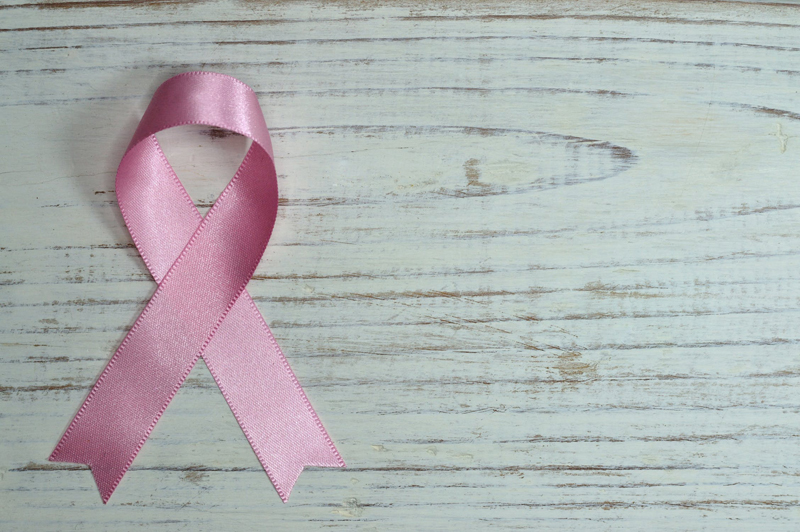Care Plan for Cancer Survivors

According to a report issued by the Institute of Medicine, as of 2005 there were approximately 10 million cancer survivors in the United States. This number is triple what it was 30 years ago. With over one million new cases of cancer diagnosed each year (the bad news) and the fact that long-term survival is often the norm rather than the exception (the good news), these statistics speak volumes about the incredible impact cancer survival will have on the future of our healthcare system.
Sadly, our overburdened healthcare system is failing to provide comprehensive, coordinated follow-up care to the millions of cancer patients who join the ranks of “cancer survivor” every year.
Just as we did as cancer patients, we must stand up for ourselves and be proactive as we make the transition from patient to survivor. We need to create, with the help of our medical team, a “survivorship care plan.”
This plan can be as simple or as complex as feels comfortable but, regardless, these are some of the key points that should be addressed:
Record of Care. Upon discharge from cancer treatment, every patient should be given a record of the care they received and the specific characteristics of their disease. This record should include:
- Diagnostic tests performed and their results
- Tumor characteristics
- Dates of treatment and completion
- All therapies provided (i.e., chemo, radiation, hormone, genetic, etc.)
- A list of complimentary support services provided (i.e., psychological, nutritional, etc.)
- Full contact information for all treating providers and institutions
- Contact information for a coordinator of continuing care
This last point is especially important because many patients can feel abandoned once their treatment is complete. Over and over again, we hear stories of how patients feel as though they’ve been dumped back into the mainstream, forced to fend for themselves at a time when they are still vulnerable.
When patients are discharged from cancer treatment, they need a follow-up plan that addresses such things as:
- What to expect during their continued recovery
- Will they need additional treatment, maintenance, or special therapy?
- What sort of regular screening or testing will they require in the future?
- Information about possible long-term effects of their disease and/or treatment
- Information about signs of possible recurrence
- Information on potential problems regarding employment, health insurance, or other financial matters related to their cancer and its treatment
- A specific plan for healthy lifestyle choices, including a diet and exercise plan
- Referrals to follow-up care providers
- A resource guide listing support groups, cancer information agencies and websites, etc.
The list could go on and on, but this gives a starting point to think about as you complete your cancer treatment. For additional information on setting up a survivorship plan, follow the links below.
Sadly, our overburdened healthcare system is failing to provide comprehensive, coordinated follow-up care to the millions of cancer patients who join the ranks of “cancer survivor” every year.
Just as we did as cancer patients, we must stand up for ourselves and be proactive as we make the transition from patient to survivor. We need to create, with the help of our medical team, a “survivorship care plan.”
This plan can be as simple or as complex as feels comfortable but, regardless, these are some of the key points that should be addressed:
Record of Care. Upon discharge from cancer treatment, every patient should be given a record of the care they received and the specific characteristics of their disease. This record should include:
- Diagnostic tests performed and their results
- Tumor characteristics
- Dates of treatment and completion
- All therapies provided (i.e., chemo, radiation, hormone, genetic, etc.)
- A list of complimentary support services provided (i.e., psychological, nutritional, etc.)
- Full contact information for all treating providers and institutions
- Contact information for a coordinator of continuing care
This last point is especially important because many patients can feel abandoned once their treatment is complete. Over and over again, we hear stories of how patients feel as though they’ve been dumped back into the mainstream, forced to fend for themselves at a time when they are still vulnerable.
When patients are discharged from cancer treatment, they need a follow-up plan that addresses such things as:
- What to expect during their continued recovery
- Will they need additional treatment, maintenance, or special therapy?
- What sort of regular screening or testing will they require in the future?
- Information about possible long-term effects of their disease and/or treatment
- Information about signs of possible recurrence
- Information on potential problems regarding employment, health insurance, or other financial matters related to their cancer and its treatment
- A specific plan for healthy lifestyle choices, including a diet and exercise plan
- Referrals to follow-up care providers
- A resource guide listing support groups, cancer information agencies and websites, etc.
The list could go on and on, but this gives a starting point to think about as you complete your cancer treatment. For additional information on setting up a survivorship plan, follow the links below.
You Should Also Read:
Strategies to Survive
Local Recurrence of Breast Cancer

Related Articles
Editor's Picks Articles
Top Ten Articles
Previous Features
Site Map
Follow @PinkRibbonNews
Tweet
Content copyright © 2023 by Gail Armanini. All rights reserved.
This content was written by Gail Armanini. If you wish to use this content in any manner, you need written permission. Contact Gail Armanini for details.


